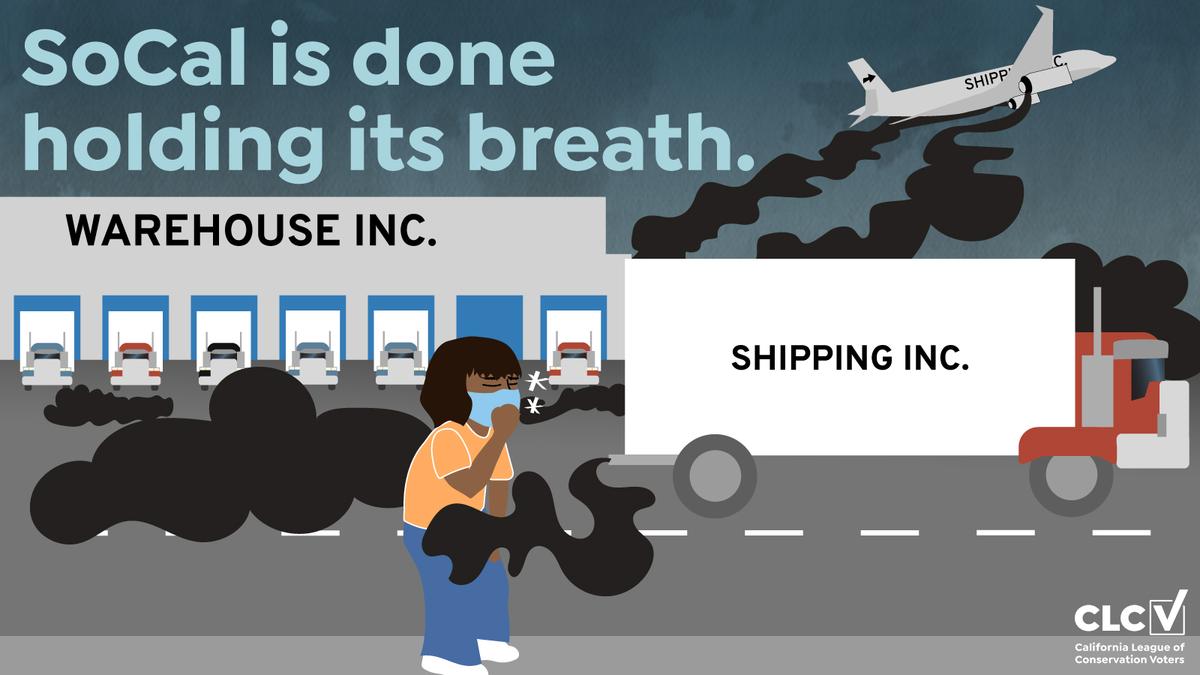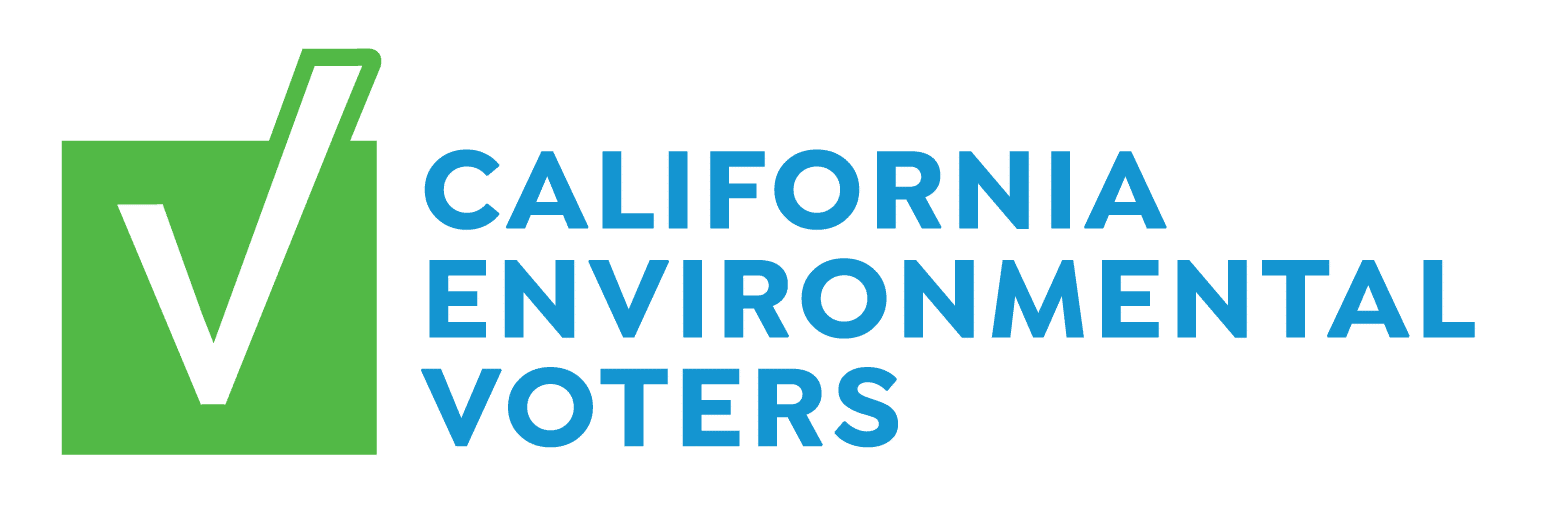
Written by Shaina Hall
Our ever-growing ecommerce industry and the need to breathe clean air are in constant conflict, but they don’t have to be. The South Coast Air Quality Management District (South Coast AQMD), whose board of 13 local electeds and appointed officials from Orange County, Riverside County, San Bernardino County, and Los Angeles County, is charged with controlling emissions from stationary sources like buildings and products within these areas. Unfortunately, the South Coast AQMD has not, in over 20 years, been able to meet state, local, and federal clean air requirements.
With the Port of Long Beach and Los Angeles in the district, frontline communities are disproportionately burdened with the impacts from living in the logistics and shipping hub of the West Coast. Additionally, the district is the dry shipping hub of the West Coast as most products that come into the U.S. from China are flown into Ontario International Airport. Due to the rise in e-commerce in recent decades, the emissions that come from transporting goods have resulted
in worsening air quality for a region with predominantly low-income, communities of color. According to the American Lung Association, San Bernardino and Riverside Counties are the first and second most ozone-polluted counties in the country respectively.
The warehouse and logistics industry has gone unregulated for far too long, prioritizing profits over people and leaving frontline communities to grapple with the health impacts of air pollution.
After months of delays between various committees and hearings, on May 7th the South Coast AQMD Governing Board passed a Warehouse Indirect Source Rule (ISR), bringing mobile emitters under the regulatory oversight of the South Coast AQMD by holding warehouses accountable for the trucks that come in and out of their facilities. The new rule will require warehouses to select emissions reduction projects and report key data necessary to improve air quality in the region made from truck emissions that make deliveries and pickups at the facilities.
While this measure is by no means perfect or the solution to all of our air quality problems, it’s a strong step in pressing forward with every possible option to reduce regional emissions and bring the Inland Empire into the clean air future. With thousands of high-diesel trucks coming through warehouses in the district every day, the warehouse and logistics industry has become one of the largest sources of air pollution in the South Coast AQMD, harming low-income communities of color across Southern California. The warehouse indirect source rule decisively addresses the burden frontline communities face from the dangerous health risks posed by the warehouse and logistics industry.
Years in the making and through the hard work of clean air organizers across the South Coast Air District, the indirect source rule will be one of the most consequential air quality rules of our generation.
For more information, the Warehouses, Pollution, and Social Disparities report from advocates with the People’s Collective for Environmental Justice (PC4EJ) and students at the University of Redlands is available.
What We’re Up To
Read the story »
Read the story »


